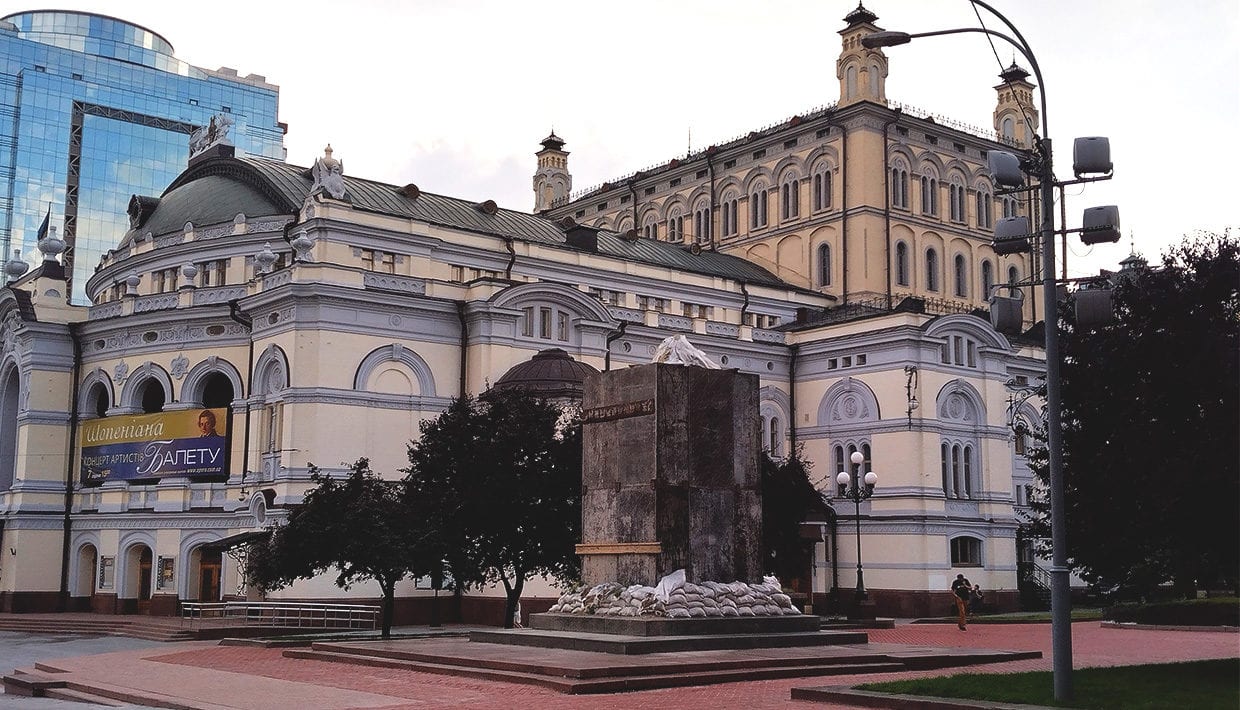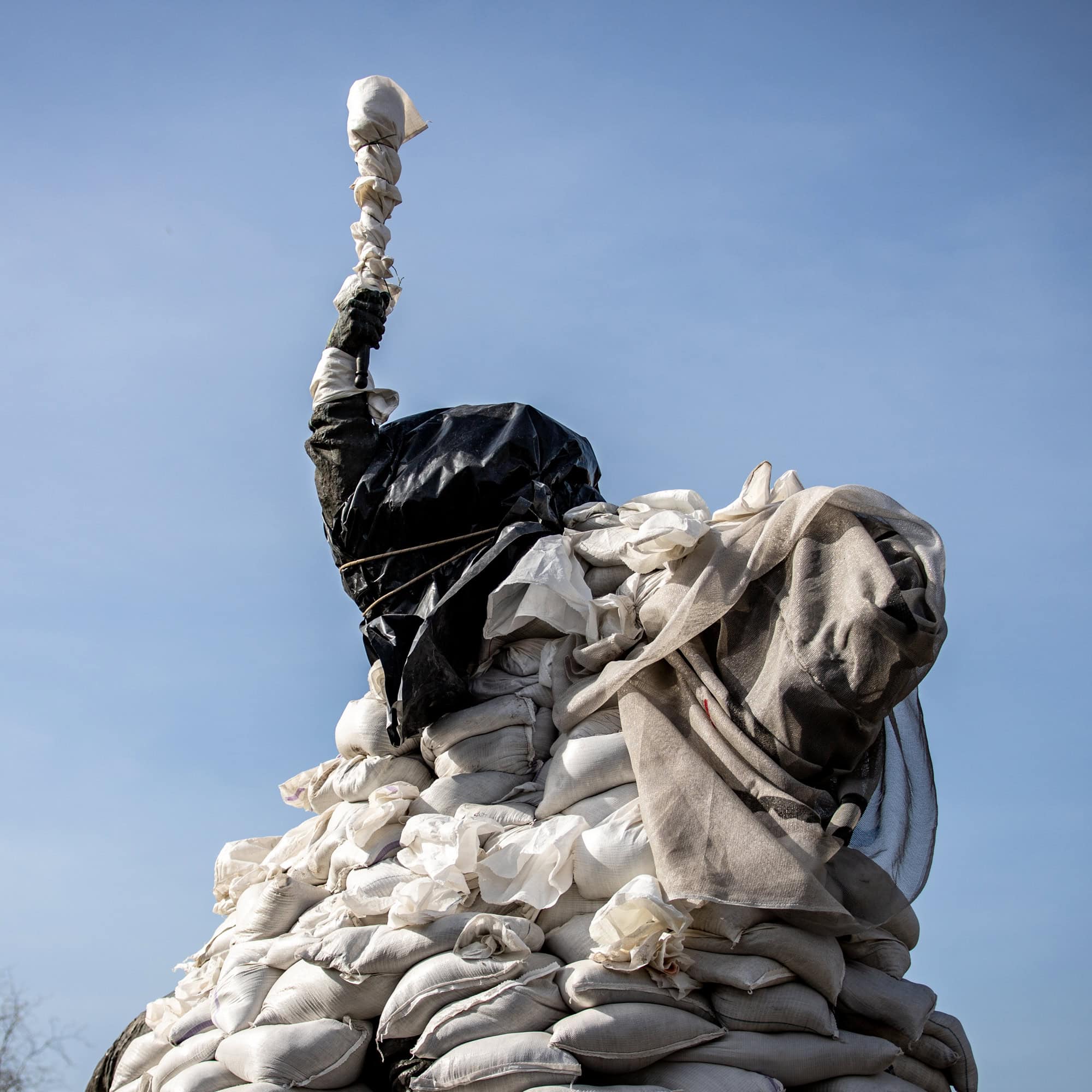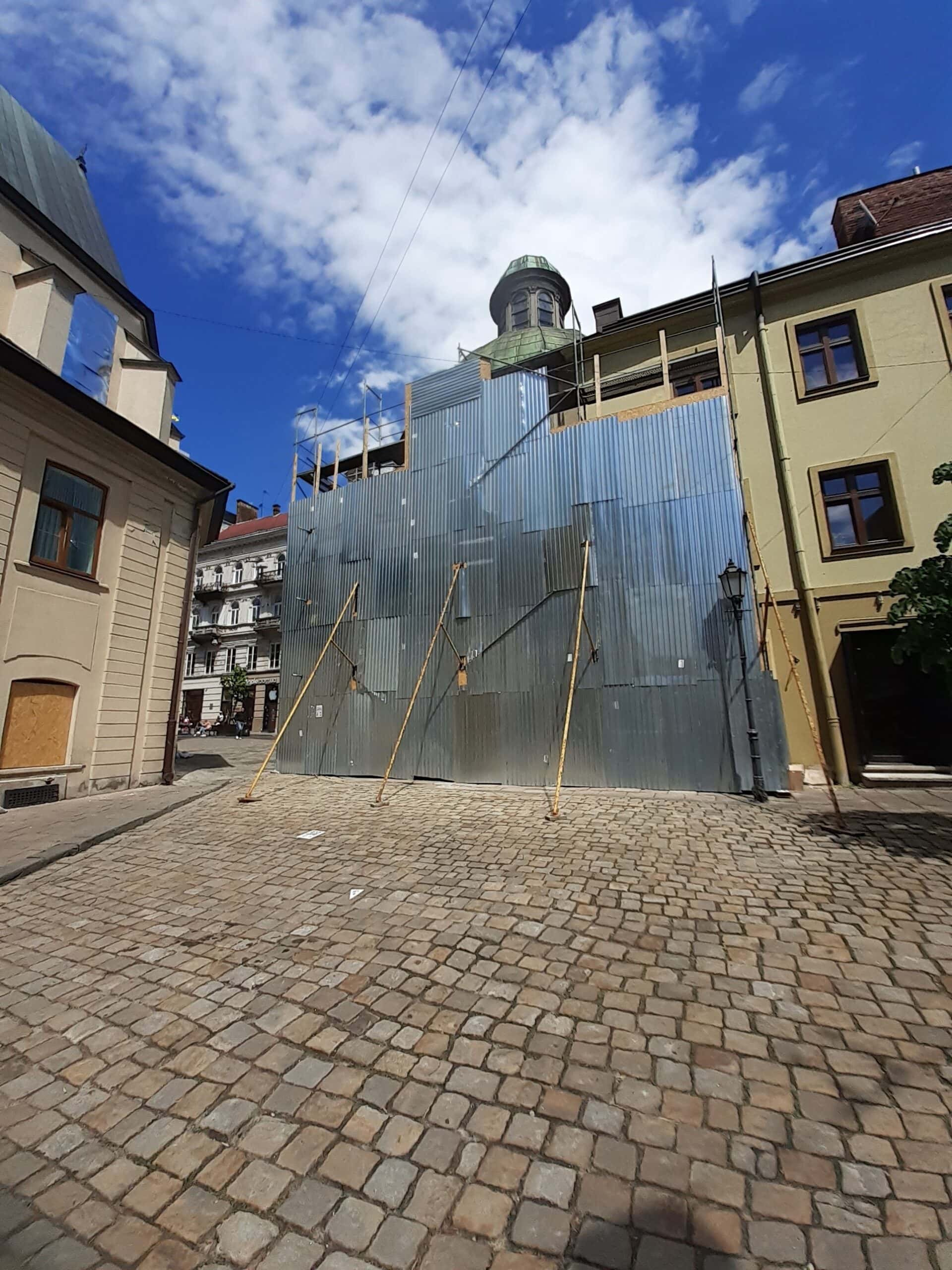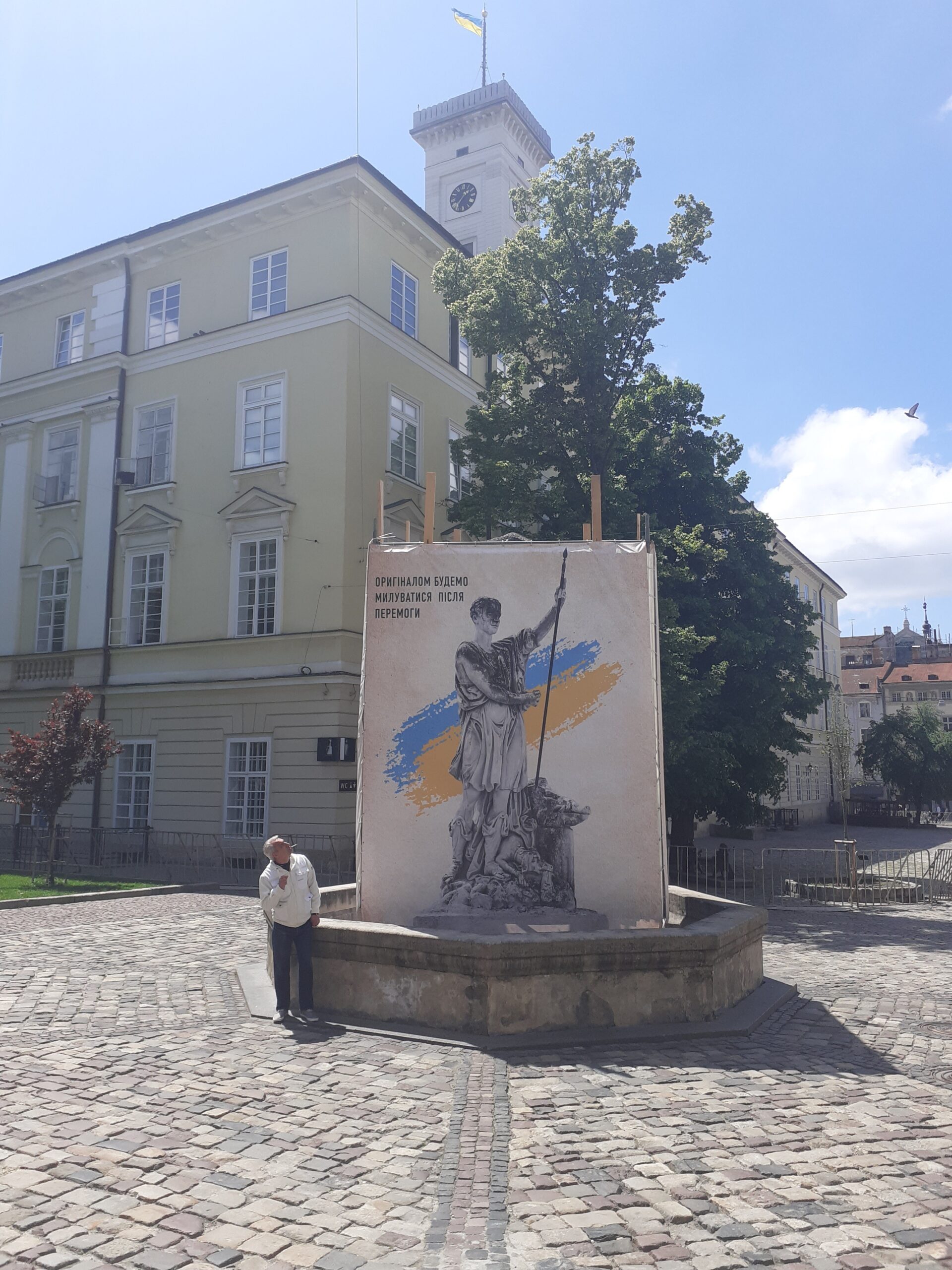
Heritage experts to study Ukrainian response to protecting cultural heritage and monuments during war
A new international project is to explore how cultural heritage, monuments and the professionals involved in their safeguarding, can be better protected during times of war.
A new international project is to explore how cultural heritage, monuments and the professionals involved in their safeguarding, can be better protected during times of war.
Specialists in Norway, Scotland, and Spain, will look at the challenges of providing helpful and appropriate aid and assistance in conflict and post-conflict environments, focusing on Russia’s invasion of Ukraine.
Josephine Munch Rasmussen, Senior Researcher at the Norwegian Institute for Cultural Heritage Research (NIKU) and Project Leader, said: “In the attacks on Ukraine, as in many other armed conflicts, cultural objects and monuments become targets of willful and collateral destruction.
“Aid and capacity-building for cultural heritage, as well as societal reconstruction through cultural heritage have become established activities within international emergency responses. Yet, although this signals a growing awareness of the potential of cultural heritage to facilitate social cohesion and healing, what these interventions mean, how they function, and what determines their success is rarely analysed beyond matters of diplomacy or efficiency.”
DECOPE
The research project “Destructive Exploitation and Care of Cultural Objects and Professional/Public Education for Sustainable Heritage Management (DECOPE)” has been funded by €674,000 from the European Joint Programming Initiative on Cultural Heritage and Global Change (JPI CH).
The project, which runs for two years from 2023 to 2025, is led by NIKU in Norway. In Spain, the project’s team is headed by Ana Vico, Associate Professor in the Department of Business Economics and director of the Masters program in Art Market Management at the Universidad Rey Juan Carlos in Madrid. The third research partner is the University of Stirling with a research team led by Professor of Heritage, Siân Jones.
The Ukrainian organisations Museum Crisis Center and the Center for Urban History of East Central Europe are associate partners in the project, together with the Norwegian Directorate for Cultural Heritage and Historic Environment Scotland.

The main goal of the project is to identify national and international responses that aim to safeguard heritage and heritage practitioners during the war, helping to create more effective, competent and targeted support for the work of professionals and communities in the future.
Researchers at NIKU and University of Stirling will track support initiatives and networks of cooperation across Europe, investigate their impact, and identify the challenges of providing helpful, targeted, and appropriate aid and assistance in conflict and post-conflict environments.
Siân Jones, Professor of Heritage at the University of Stirling and UK Principal Investigator for the project, said: “Through online and face-to-face fieldwork, we will work with Ukrainian heritage professionals, NGOs and lay communities to understand the challenges they face, and how they have mobilised to mitigate damage to both the heritage they manage and their professional lives.
“Together, we will also examine the effects of external support in order to create more effective and sustainable collaboration between international and national organisations outside Ukraine and those working with heritage ‘on the ground’ in conflict situations.”


The study of the art market and the traceability of sales of antiquities will also be one of the lines of research. The legal market for antiquities is the target for illicit trafficking networks, and research into methods to facilitate customs control will be led by Ana Vico, Associate Professor at the Universidad Rey Juan Carlos and, Spanish Principal Investigator for the project.
“We want to investigate the possibility of working against trafficking with the market itself as an accomplice and strategic collaborator”, said Vico.

